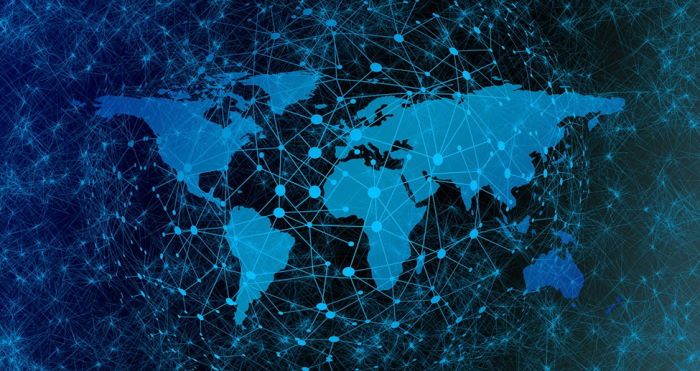Like all the best ideas in tech, geocoding is simple enough for almost anyone to understand, yet offers incredibly deep and diverse potential applications across a range of services, industries and consumer contexts.
In particular it has been the rise of Google Maps and the location-based capabilities that it offers, in combination with the ability to integrate such functionality into third party apps through API platforms like RapidAPI, which has defined the emergence of geocoding as a practice.
So what are the advantages that geocoding already offers and how will it continue to evolve and influence all areas of tech going forwards?
Deceptive depth
On paper the purpose of geocoding is simple; to translate an address or place name into geographic coordinates, or vice versa.
This allows people to enter a house, street, town or city name into Google Maps and almost instantly find what they are looking for, often with immense accuracy depending on the specificity of the input text.
Ultimately this allows for the ideal combination of comprehensibility for human users and accuracy for digital services.
Existing uses
The extent to which the different types of geocoding are already being deployed in the tech sector may surprise some people, but it only takes a few minute’s thought to realise just how important location-based services have become in the age of the smartphone.
From food delivery and taxi apps to event hosting solutions, real estate services, government portals and even emergency service dispatching, geocoding is proving to be a key asset in a wealth of software solutions.
All of these uses are relevant not only to consumers, but also to the businesses and organisations that serve them. Geocoding can be used to group customers within a given region together to help plan delivery routes, improve efficiency, reduce costs and boost sustainability.
Ultimately geocoding allows all users to overcome the limitations of traditional street addresses and cater to a variety of needs.
Future impact
The power of geocoding is already being applied to the services mentioned, and its importance is only set to increase over the coming years.
For example, with the outbreak of the COVID-19 pandemic, geocoding can help to track the number of cases that are being reported globally and give experts a better idea of how the virus is spreading, thus influencing their decision-making in relation to how to tackle it.
Logistics is another area in which geocoding is likely to be more influential and significant in the future. The challenge facing operators is that the more locations that are arrayed on a delivery route, the greater the number of potential ways to reach each location exists. This increases exponentially, to the point that a route with 24 stops has more possible options than there are stars in the sky.
Geocoding solutions, as made accessible through APIs, are helping to achieve optimisations that were previously impossible. And as online sales soar worldwide and mounting pressure is put on existing delivery infrastructures, being able to cope with this state of affairs will be necessary.
Tech changes
The emergence of geocoding has coincided with the widespread adoption of smart, portable devices, as mentioned earlier. Likewise the availability of cloud computing and big data platforms means that all of the heavy lifting involved in storing and analysing the vast amounts of information which are involved in this process can be offloaded to remote servers, giving end users the best possible experience without compromises.
With improving accuracy promised and other tech trends, such as augmented reality (AR), making use of location-based features, geocoding will continue to underpin innovation.






